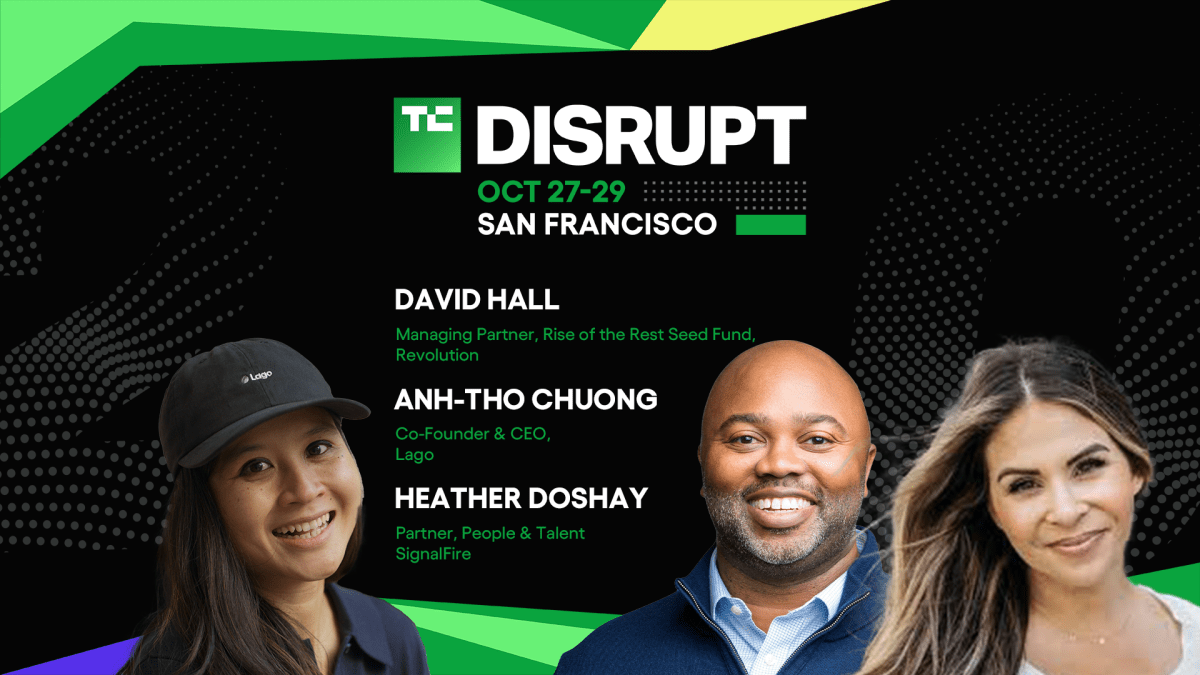
Why does OpenAI’s monthly subscription for ChatGPT Pro cost $200? Because CEO Sam Altman said so. “I personally chose the price and thought we would make some money,” Altman wrote on X.
Launched late last year, the plan designed for power users includes almost unlimited access to ChatGPT as well as first dibs on feature launches, like OpenAI’s new agent. The plan attracted, well, power users. A month after its initial release, Altman claimed OpenAI was still losing money on the all-you-can-eat subscription.
Even though Altman admitted the $200 monthly tier was a money-loser, the release set a precedent and ushered in the vibe-based pricing era for expensive chatbot subscriptions.
Generative AI tools are costly and resource-intensive to run, with many startups rapidly burning through cash. And much like how OpenAI defined the consumer market for chatbots with the release of ChatGPT, Altman’s $200-a-month price tier for ChatGPT Pro was matched by competitors.
In April, Anthropic dropped Claude Max for $200 a month. Google got into the game not too long after with the AI Ultra plan for Gemini, which costs $250 a month and includes cloud storage. These releases were followed by the monthly $200 Cursor Ultra plan, for AI-assisted coding, and the $200 monthly Perplexity Max plan, for AI-powered search. The most recent addition to the trend, xAI’s SuperGrok plan, is also the most expensive at $300.
Despite this trend in pricing for the most expensive tier, many of the companies continue to offer free, albeit limited, access to their generative AI tools as well as a $20-a-month plan for users who want more access to the models but aren’t going buck wild with it.
“This higher-tier subscription is first testing for new interfaces and new interactions,” says Allie K. Miller, an influential business consultant who subscribes to many of the most expensive plans. She sorts who’s actually paying for these $200-and-up plans into two core groups. First, you have a faction of Silicon Valley insiders who have money to burn and want to experiment with “alpha products that are on the more expensive side.” For this group the value is not really about making money with the tools. “It gives them not only cachet in their community, but they feel like a new-age explorer,” she says. Miller lumps Google Glass and Apple Vision Pro owners into this same group.
The second core group of subs, as Miller describes it, believes they are getting a solid return on their investment. “We’re making back that money with time saved or revenue earned in very little time,” she says. This could include Silicon Valley investors who are trying to use AI Ultra to automate email communications, software developers who are using Claude Max to code for hours every day, and investment bankers who are turning to Perplexity Max for daily market updates. Dmitry Shevelenko, the chief business officer at Perplexity, claims that a majority of subscribers to the Max plan use it as a money making tool.







